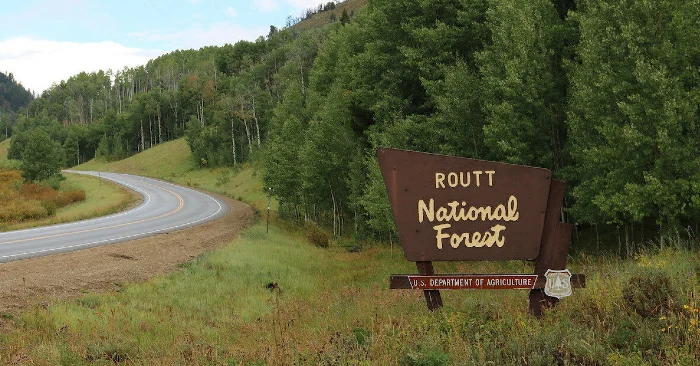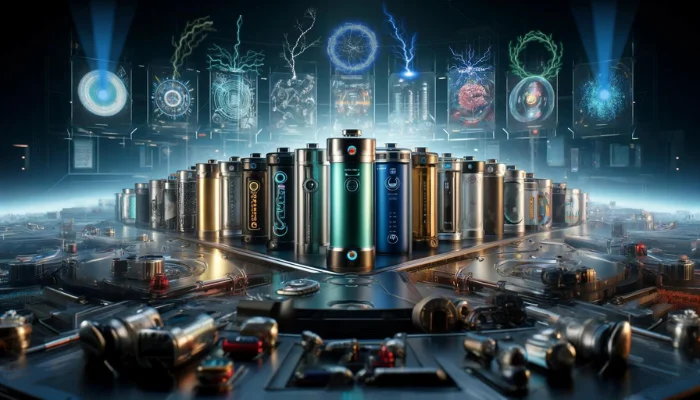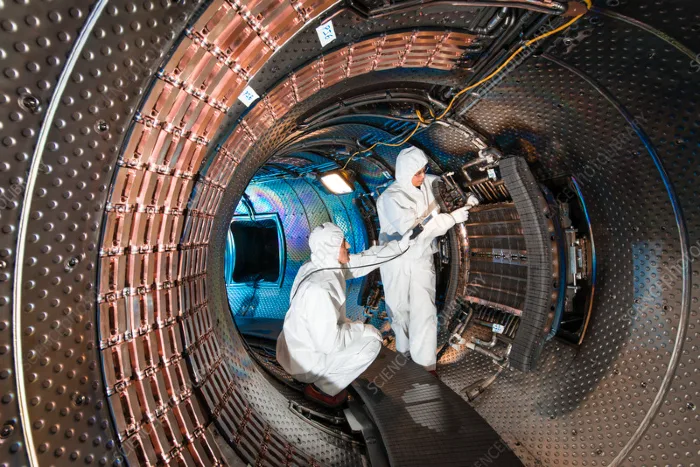In the face of escalating climate change, carbon capture and storage (CCS) has emerged as a potential solution, drawing attention and funding from various sectors, including the U.S. government. The Biden administration has shown support through substantial tax incentives and investments.
However, the proposal to store captured carbon dioxide under national forests and grasslands, as suggested by the U.S. Forest Service, has sparked controversy and debate among environmental groups, researchers, and communities.
Understanding Carbon Capture and Storage
Carbon capture and storage is a technology designed to reduce greenhouse gas emissions. It involves capturing carbon dioxide (CO2) emissions from sources like power plants and factories, transporting it, usually through pipelines, and storing it underground. This process is viewed by some as a critical step in mitigating the effects of climate change by reducing the amount of CO2 released into the atmosphere.
The U.S. Forest Service Proposal
The U.S. Forest Service’s proposal aims to change existing regulations to permit the storage of CO2 under the nation’s forests and grasslands. This move aligns with the Biden administration’s goal of reducing greenhouse gas emissions significantly by 2030. The proposal suggests that storing carbon underground in these areas could be an effective way to meet these emission targets.
Concerns and Controversies
While the proposal is ambitious, it hasn’t been met without concerns. June Sekera, a research fellow with Boston University, points out the extensive infrastructure needed to transport CO2 to these storage sites, highlighting the potential environmental impact of constructing large pipelines.
Furthermore, the safety of these pipelines is a significant concern, as illustrated by Bill Caram of the Pipeline Safety Trust, referencing the 2020 CO2 pipeline rupture in Satartia, Mississippi, which had severe health consequences for the local population.
Victoria Bogdan Tejeda of the Center for Biological Diversity echoes these safety concerns, emphasizing the risks CO2 poses as a deadly asphyxiant, particularly in remote forest areas with limited communication means.
More To Discover
- Bio-Cement: The Sustainable Material Set to Replace Carbon-Emission Heavy Cement
- Climate Change Predicted to Slash Incomes by 19% by 2050
- Saving Our Ecosystems May Depend on Curbing Herbivore Appetites
- Farmers Are Shouldering The Burden: The Hidden Cost of Big Food’s Green Push & Every Way It Hits Smaller Farms
The Debate Over Extending Fossil Fuel Lifespan
A critical argument against this proposal is that it might inadvertently prolong the life of fossil fuel operations. Climate scientists and energy analysts argue that rapid reduction in the use of fossil fuels is crucial to mitigate climate change impacts, and CCS technology, in its current form, may not be efficient enough to justify its use as a bridging solution. Bruce Robertson, an independent energy finance analyst, critiques the efficacy of existing CCS projects, noting their underperformance in emission reduction targets.
Community Opposition and Policy Challenges
The proposal has faced stiff opposition from local communities, particularly concerning the construction of new CO2 pipelines. This resistance has led to the cancellation of projects like the Navigator CO2 pipeline, highlighting the growing public pushback against infrastructure perceived as harmful or invasive. June Sekera views the Forest Service’s proposal as an attempt to circumvent this local opposition, offering a less contentious path through public lands.
The Forest Service’s Response and Future Plans
In response to these concerns, Scott Owen, a press officer for the Forest Service, clarifies that any proposal for CCS projects would undergo thorough screening. However, as of now, there are no carbon capture projects under consideration. The public’s input on this proposed rule change is sought until January 2, 2024, indicating an ongoing evaluation process.
Conclusion
The U.S. Forest Service’s proposal to store carbon dioxide under national forests and grasslands introduces a complex solution to the pressing issue of climate change. While it aligns with broader emission reduction goals, the proposal raises significant environmental, safety, and policy concerns.
As the debate continues, it underscores the need to weigh the potential benefits of innovative climate solutions against their broader environmental impacts and community implications.
The future of CCS in national forests remains a topic of intense discussion and scrutiny, reflecting the challenges of finding effective and acceptable strategies to combat climate change.





















